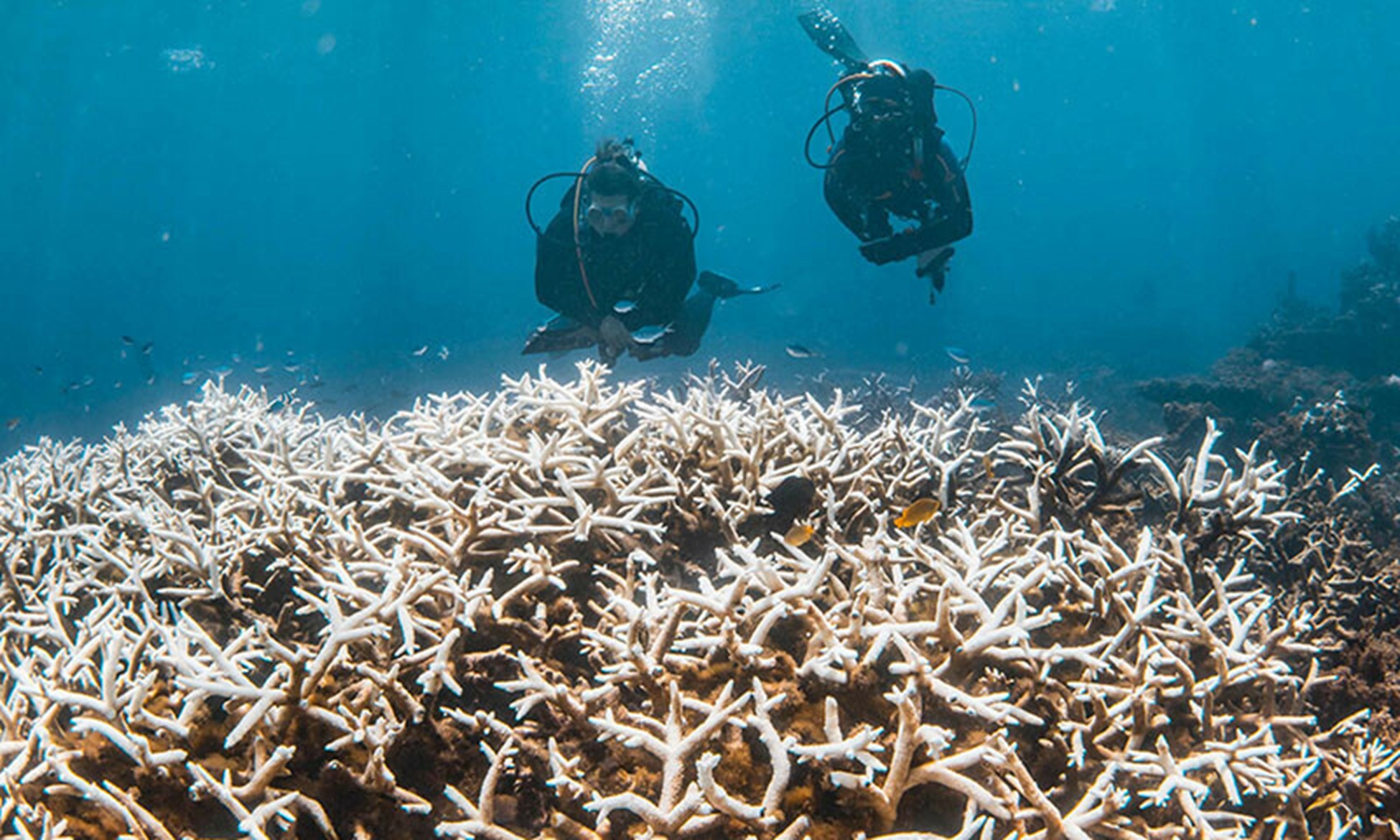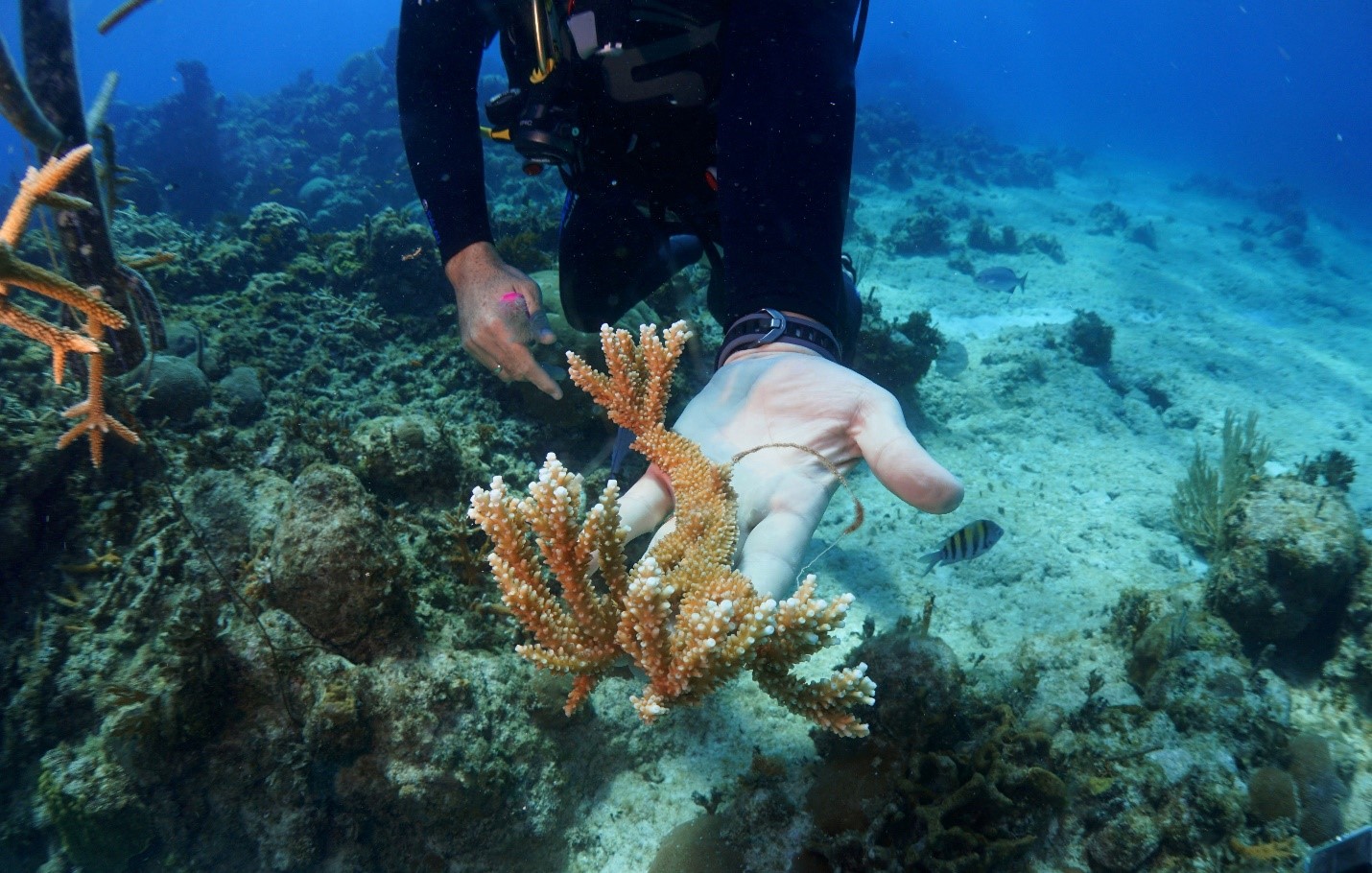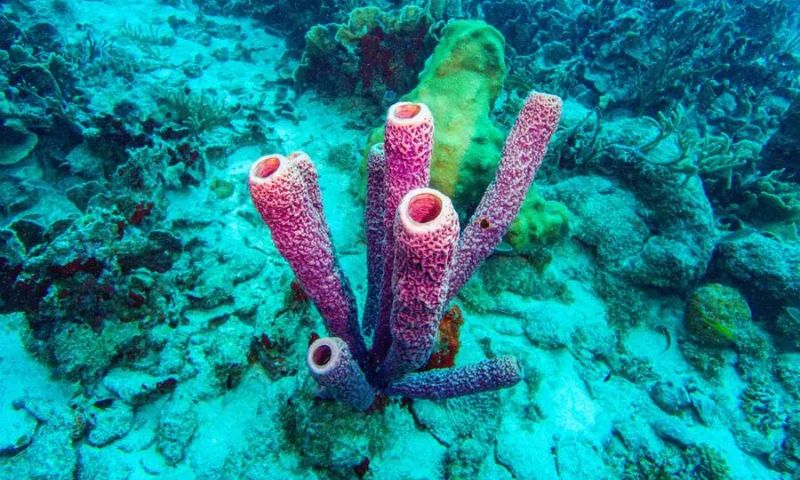Key points
- Their loss poses significant threats to ocean biodiversity
- It may also impact millions of people
- People rely on them for food, income, coastal protection and medicinal resources
ISLAMABAD: Coral reefs, often described as the “rainforests of the sea,” are facing a grave and accelerating crisis across the globe.
These vibrant underwater ecosystems, which support roughly a quarter of all known marine life, are dying at an alarming rate, according to the United Nations Environment Programme (UNEP).
Their loss poses significant threats not only to ocean biodiversity but also to the millions of people who rely on them for food, income, coastal protection, and medicinal resources.
Pushed to the brink
According to the UNEP, coral reefs are being pushed to the brink by a combination of global and localised pressures — including climate change, rising sea temperatures, pollution, unsustainable coastal development, and overfishing.
“Coral reefs are among the most fragile ecosystems on the planet when it comes to human activity,” says Gabriel Grimsditch, marine ecosystems expert at UNEP. “They’re particularly susceptible to warming seas, and the frequency and severity of mass bleaching events will only rise as the planet continues to heat up.”
US authorities said in December last year that the world is currently experiencing the most widespread coral bleaching event ever recorded.

Derek Manzello of the National Oceanic and Atmospheric Administration (NOAA) revealed that from early 2023 to October 10, 2024, approximately 77 per cent of the world’s coral reef areas have been exposed to bleaching-level heat stress — far surpassing the previous record of 65.7 per cent.
Why does coral bleaching occur?
Coral bleaching occurs when elevated water temperatures cause corals to expel the symbiotic algae living in their tissues.
This not only strips the corals of their brilliant colours but also deprives them of essential nutrients, leaving them weakened and vulnerable to disease and death.

This latest global bleaching event, NOAA’s fourth since monitoring began in 1985, has outpaced all previous incidents in both scale and speed. The current event was officially declared in April 2024, with confirmed mass bleaching reported across 74 countries and territories since February 2023, according to AFP.
Environmental organisations have raised alarms over the implications of these findings.
“The magnitude of this bleaching is undeniable proof of the damage climate change is already inflicting on critical marine ecosystems,” said Pepe Clarke of the World Wide Fund for Nature (WWF).
While some corals can recover if temperatures normalise and other environmental pressures are eased, prolonged heat stress often leads to large-scale coral mortality. The impact is far-reaching, threatening global fisheries, tourism, and coastal communities that depend on healthy reef systems.


























